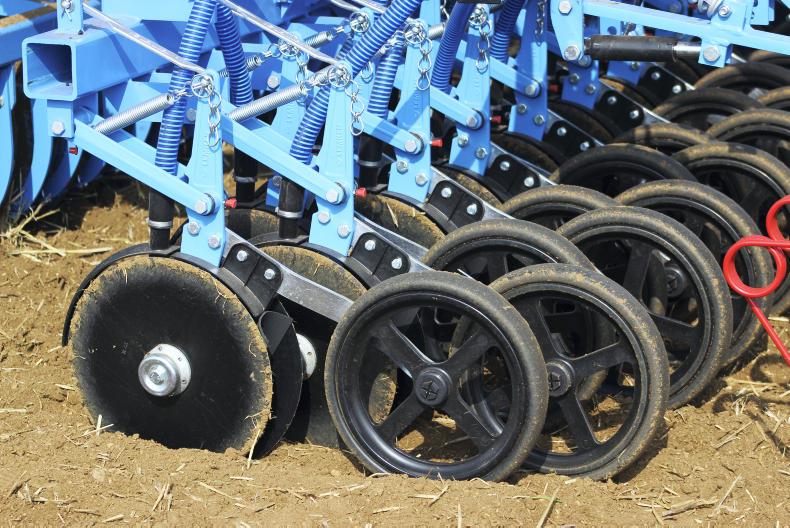The torture continues: Just as things were coming right we get more rain. Some got out with fertiliser or sprayers over the past week and that’s work done. Rainfall amounts have been very variable and this continues to impact on access onto land. Some are sowing – other can’t walk into the fields. The forecast for the week ahead is challenging once again but hopefully rainfall amounts will be low. It is now up to the time to have work done.
Increasing day length is pushing forward crops towards stem extension, which brings nitrogen and growth regulation into focus.
Planting: Planting pressure increases as the days pass. Previous late springs have taught us not to compromise on seedbed quality as we move into April. Combine drilling and a good firm seedbed are important with later planting to get crops out of the ground fast and into top gear.
There is a huge amount of work to be done in the coming weeks, with very little ploughing done. Early April crops are not necessarily at a yield disadvantage but it is important that they get a good start. Fine and firm seedbeds help to prevent transient trace element deficiency.
Seed rate should always take account of seed size and ground conditions. Next week must really be the last option to plant spring beans to avoid the risk of a very late harvest. Target 35 seeds/m2 -- 175-210kg/ha (11-13 st/ac) for 450g to 550g TGW seed. Where possible get fertiliser into the seedbed. Granular lime may be needed to target pH 7.
Spring wheat is probably past its safest-by date, except where it is to be whole-cropped. Plant 50g TGW seed at 180 kg/ha (12 st/ac) to drill 350 seeds/m2. Drill malting barley at 350-375 seeds/m2 to establishing 300-330 plants/m2 -- 155-170 kg/ha (10-12 st/ac) for 45g TGW seed. Getting late for oats too so target about 400 seeds/m2 (60 kg/ha or 10 st/ac) for 40g seed.
Fertiliser amounts depend on soil test results and historic crop yield. Combine drill where possible. All fertiliser should be incorporated into the seedbed. The basic fertiliser requirement for an Index 3 soil is 25kg P/ha and up to 110kg K/ha for 7t/ha yield where straw is removed.
Spraying: If you have winter crops that have not yet received herbicide you might listen to a discussion on spring herbicide options for winter cereals on Youtube at:
https://www.youtube.com/results?search_query=Irish+farmers+journal+winter+cereals
Weeds remain the most urgent job but growth regulation may not be far away for forward winter cereals. Most crops do not have a serious disease issue.
Fertiliser: All winter crops should have received N, P and K by now. Sulphur could go with first or second nitrogen. Forward crops will soon be in stem extension and so time for the main N split. But wait for active growth. Active growth minimises the risk of loss, should there be heavy spills of rain post application.






 This is a subscriber-only article
This is a subscriber-only article









SHARING OPTIONS: